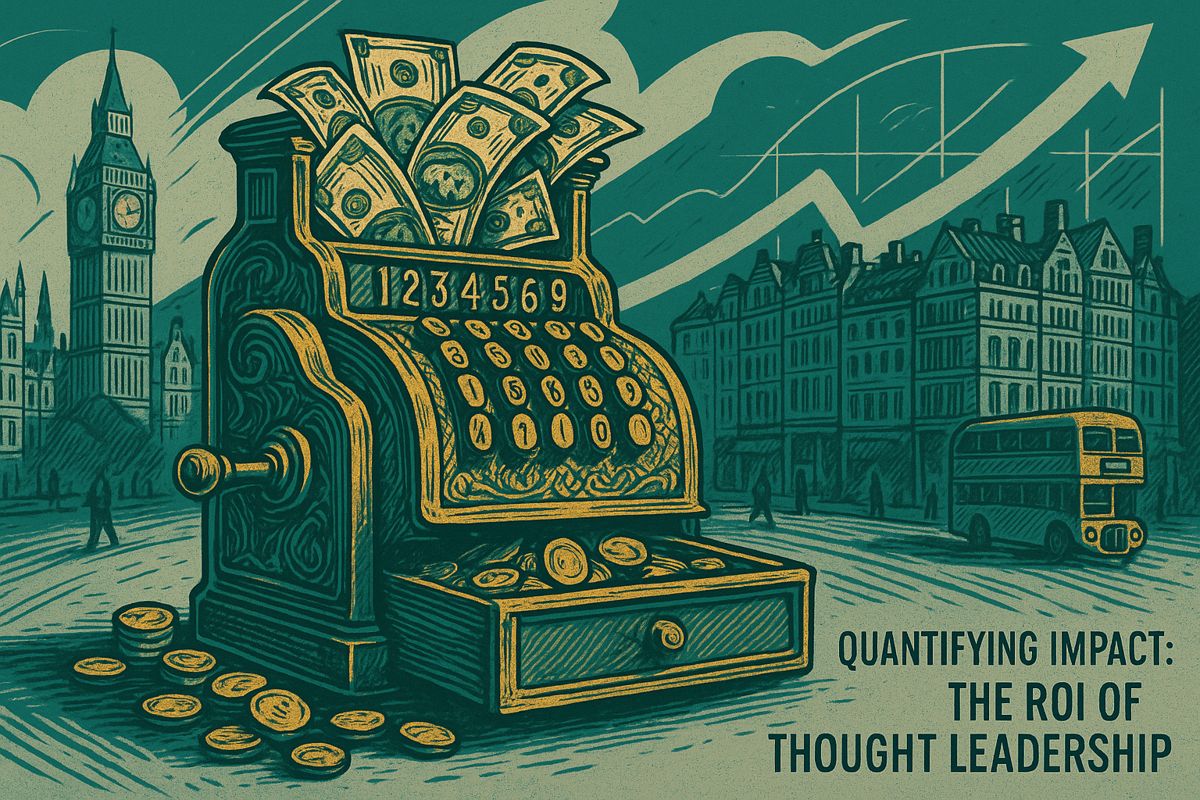In the fast-paced world of AI development, Yelp AI PM Priya Badger uses Claude to prototype features faster, revolutionizing the traditional product design workflow. Her innovative playbook sidesteps slow, document-heavy processes in favor of conversation-driven development. By starting with user dialogues and leveraging powerful AI tools, her team can build, test, and validate new features in days instead of weeks, keeping the user experience at the forefront.
A New Playbook for AI Product Development
Yelp AI PM Priya Badger leverages Anthropic’s Claude to rapidly iterate on AI features. She begins with ideal user dialogues, uses Claude to refine them and explore edge cases, and then generates interactive prototypes directly from these conversations. This method bypasses lengthy documentation and accelerates team-wide feedback.
From “Golden Conversations” to Interactive Prototypes
The process begins with drafting two or three “golden conversations” – ideal scripts of the interaction between a user and Yelp’s AI assistant. Badger feeds these dialogues into Claude, prompting the AI to expand on edge cases, refine the tone, and identify potential follow-up questions. As noted in a [Lenny’s Newsletter deep dive], this initial step can reveal discrepancies between team assumptions and actual user language in under an hour.
From there, Badger uses Claude’s “Create Artifact” feature to instantly generate an interactive prototype powered by a live LLM. This allows stakeholders to test the conversational flow and identify gaps long before development begins. To visualize the interface, she pastes the conversation into Magic Patterns’ Inspiration mode, which, according to the [Magic Patterns Product Teams FAQ], produces multiple high-fidelity UI mockups in minutes, streamlining the PM-to-designer handoff.
- Draft golden conversations in plain text
- Expand and test with Claude until tone, facts, and safety align
- Build an interactive Artifact for hands-on review
- Explore several UI treatments in Magic Patterns
- Iterate based on tester feedback and analytics
The Impact: Boosting Speed, Quality, and Trust
This conversation-first approach replaces heavyweight specifications with lightweight, rapid experiments. The [BuildBetter Blog] reports that teams adopting similar LLM-native workflows can save up to 18 hours per sprint and eliminate 26 meetings monthly. Crucially, this early exposure to real model behavior helps teams identify hallucinations and fix edge cases pre-launch, significantly improving user trust.
By using the conversation as the primary wireframe, the entire team – from product to design to engineering – shares a concrete vision of the target user experience. This clarity makes debugging more efficient, as issues can be quickly triaged to the prompt, the model, or the UI. The result is faster handoffs and less rework.
Essential Skills for the Modern AI Product Manager
For aspiring AI PMs, Badger emphasizes the importance of rapid prototyping skills and continuous learning. While foundational certificates like [IBM’s AI Product Manager] or [Google’s AI for PMs] provide a strong base, she insists that hands-on mastery of tools like Claude and Magic Patterns is paramount. She also recommends building influence by sharing internal case studies, creating prompt libraries, and mentoring junior colleagues.
The industry demand for these skills is clear. Data cited by [Product School] shows that AI-proficient product managers can accelerate project completion by 20% and improve feature prioritization by 30%. In a field defined by evolving model capabilities and user expectations, continuous, hands-on learning is non-negotiable.
A More Creative and Strategic PM Role
Ultimately, Priya Badger’s workflow is more than just a method for shipping features faster. It transforms the AI product manager’s role from a bureaucratic spec-writer into a creative strategist. By focusing on clear user dialogues, rapid feedback loops, and visual iteration, PMs can turn ambitious AI concepts into trusted, production-ready products.
What is a “golden conversation” and why does Priya start there?
A golden conversation is a short, ideal script of how a user and Yelp’s AI Assistant should talk to each other.
Priya writes these dialogues before she opens Figma or writes a PRD because the words reveal the real user need faster than any wireframe.
Once the conversation feels natural, she knows what the backend must deliver and what the screen must show.
How does Claude help her move from text to working prototype in minutes?
She pastes the golden conversation into Claude and asks it to:
– play the AI role
– vary the user’s wording
– surface edge cases
With Claude Artifacts she turns the best exchanges into a clickable HTML mock-up that already calls the real model.
No API keys, no code – just shareable links that engineers and designers can test the same day.
What part does Magic Patterns play once the dialogue is ready?
After the flow is locked, Priya flips to Magic Patterns Inspiration mode, pastes the user story (“help a couple pick a dog-friendly dinner spot on a rainy night”) and gets 6-10 UI variations in seconds.
She drags the best elements into Figma, cutting what used to be a two-day design sprint to under two hours.
How does this workflow change the relationship between PM, design and engineering?
- Designers receive battle-tested conversation flows, so they lay out pixels once, not three times.
- Engineers join reviews that already surface model failures early, shrinking late rework.
- Priya spends her time on strategy and trust instead of ticket triage, increasing her influence without adding headcount.
What measurable gains has Yelp seen since adopting this rapid-prototype loop?
Internal benchmarks from late 2024 show the team now:
– ships conversational features 37 % faster
– cuts qualitative research rounds from three to one
– surfaces critical AI edge cases 4× earlier
The same PM-design pair that once needed six weeks to vet an AI idea now finishes in under ten working days.



















